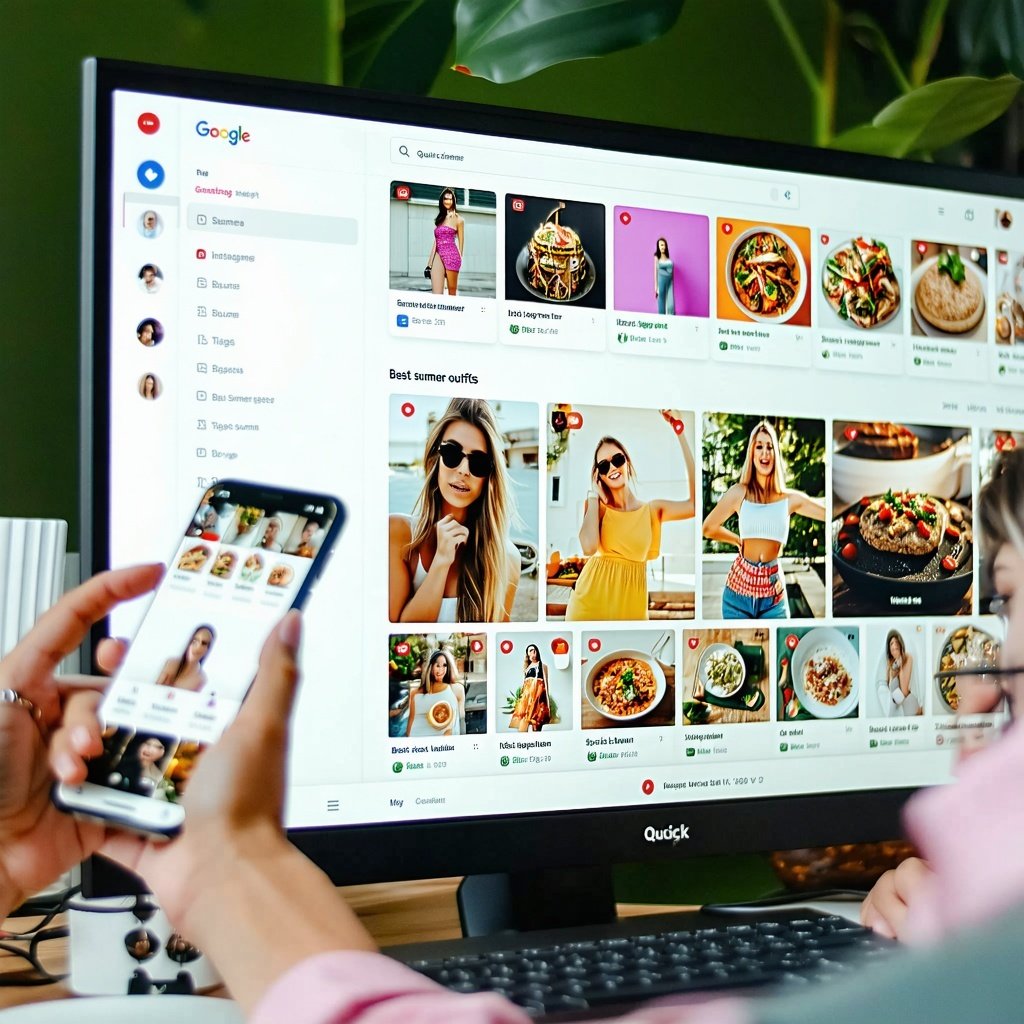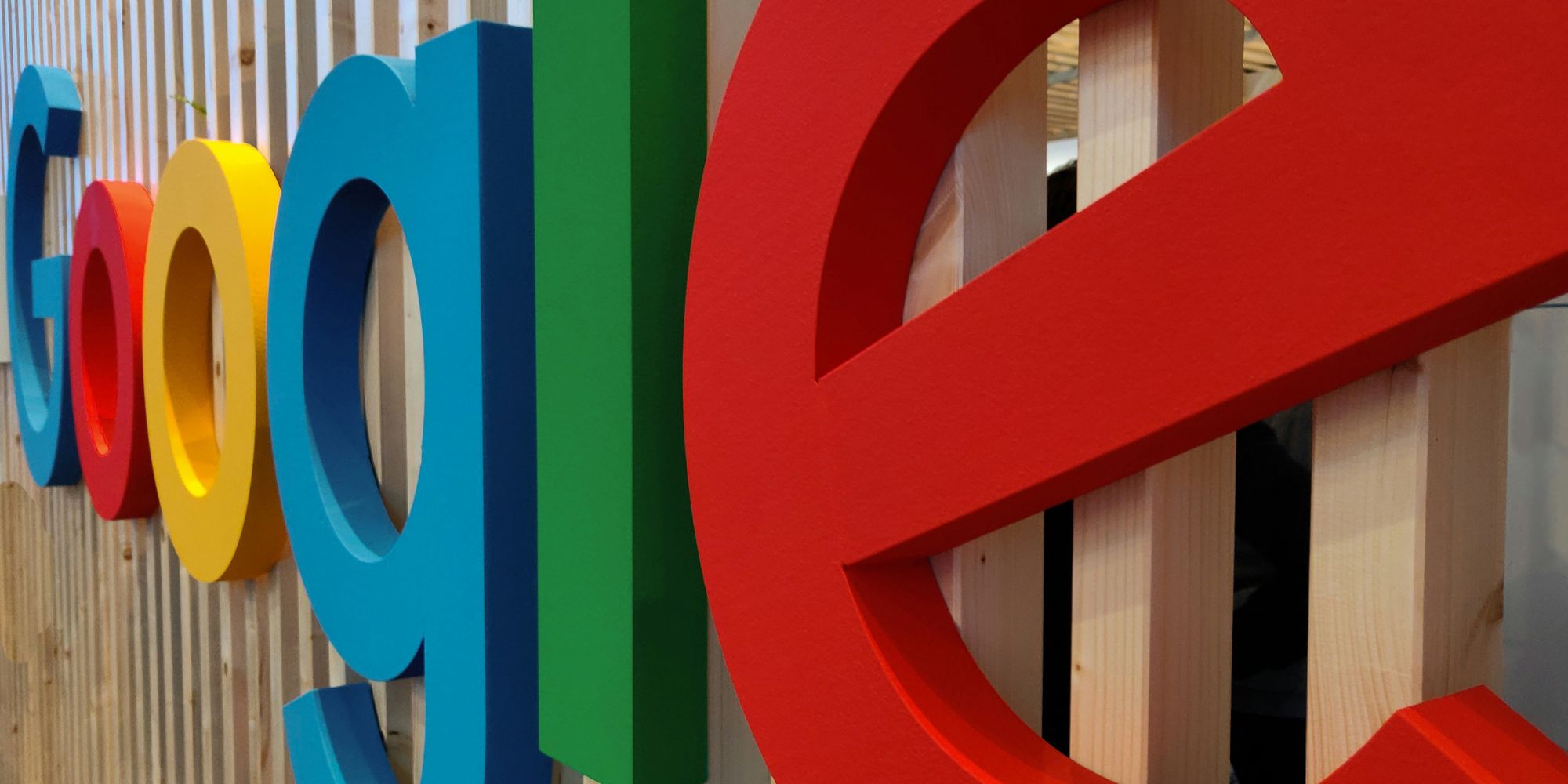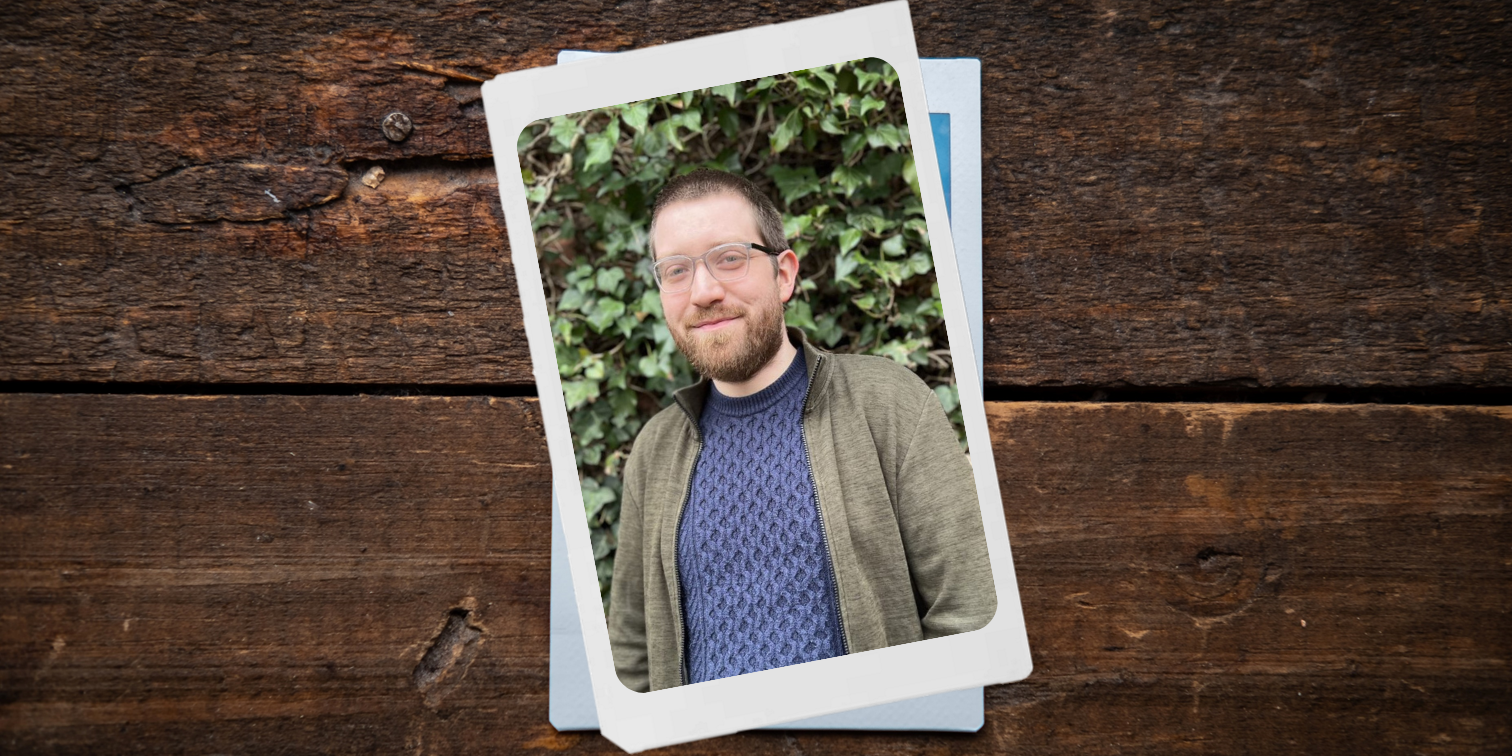Winning in the Age of AI Search: How Brands Can Thrive as Search Evolves
Search is changing faster than ever. With the rise of AI-powered features like Google’s AI Overviews and AI Mode, the familiar “10 blue links” are...
Read moreThe inexorable decline in print media means that Digital PR is now the go-to tactic for brands who want to increase their share of earned media. We spoke with ClickThrough’s first Head of PR & Outreach, Jennie Lindehoff about her personal approach to digital PR, the secrets to securing online coverage, and how digital PR can help clients achieve both their brand fame ambitions and commercial objectives.
I'm here to build brand awareness for our clients and improve the backlink profile of their websites. In order to do that I'll be building relationships with journalists and webmasters within the industries that our clients work in, getting stories out there for new and existing customers to read. The web is where people will go out to find products that they want to buy, and if you want to be a top player within your industry, you need to be seen in the publications your prospective customers read.
That's very important in 2020, especially because even more people are consuming media and making purchases online due to COVID-19. Today, if you don't have a website for your business, then you're in trouble.
I’ve worked within digital marketing for the last eight years. When I started out people were still paying for links, which doesn’t really happen anymore. Today, you need to be really creative in the type of stories you write and the content that you create in order to get attention and create something that people actively want to share - both in the news and on social media.
Simplicity works. I like simple ideas, rather than over-complicating things just for the sake of it., I'm also very keen on how you can portray a story with an image. People don't have much time, and an image is easier to digest than a lot of text. We need to be at the forefront from how consumers are consuming content, which means podcasts and YouTube videos too.
That doesn’t mean that text is unimportant. The headline is very, very important. All too often in PR the headline is the last thing to be thought about, but it’s the first thing that the journalist is going to see in your pitch, and a great headline is what will draw a journalist in to want to write that story for you.
I've worked with lots of different clients, from small businesses to large players in different industries, both B2B and B2C. That makes my job very fun because of the variety. You learn as you go. And one of the things I have earned is what works for certain industries and markets may not work elsewhere.
I started in the Swedish market because I'm originally from Sweden, but soon moved onto the UK and US markets. They share a common language but there's a lot of differences between them. American media are very interested in data and research pieces, whereas in the UK we love headlines about people making a fool out of themselves or where they’ve spent a ridiculous amount of money for something. The UK media want puns whereas the US want data-led pieces.
Journalists are always very strapped for time, and sadly their industry has seen a lot of redundancies this year due to COVID-19, so that problem has gotten worse. That means you need to make their job easy. When you pitch your story, write your press release in their house style, so that they could almost just copy and paste it straight onto their site.
Let’s say that you have identified three key sites you would like this story to appear on. Look at the type of headlines they run with, and then write yours in the same style, so that when the journalist reads it they can easily imagine your story appearing on their site. In your pitch you can even help them understand where your story could play best on their site – “would you be interested in putting this story in your lifestyle section?”.
Then there are obvious things like making sure that you don’t contact someone who writes about beauty and ask them to put an article up about food. That’s where good preparation comes in.
It really helps if you are open to new ideas. Digital PR is different to traditional PR – it’s riskier, but also more fun. If you've never done PR, before, you can't expect that within a few weeks you're going to be up there with the top PR players straight away. It takes a lot of work doing the groundwork before you see changes.
I always advise starting off smaller to see what works for your brand and which outlets pick it up, and then go from there. One reason for that is that things can move so fast. You might have worked on a campaign for a month or two, really scoped it out, and then an unexpected event could change everything. For example, in February when COVID hit, no-one was interested in reading about anything aside from COVID. Anyone working with a brand, say, in the travel industry at the time found things tough. So, you need to think quickly on your feet in order to turn it around and still make it work.
Brand awareness has always been important, but in terms of SEO we also need to assess the number of backlinks to the client’s website secured within the published articles. The more links, the better your domain authority, which has a great effect on where your site will appear in Google’s search results. Brand awareness helps with that too. If someone has seen your brand being talked about, and therefore seen as a thought leader, they're going to trust your brand more.
I’ll answer that by way of an example. I used to work with a B2B company that sells software that helps large corporates share files securely - law firms, for example. To help them gain more traction in the US I worked on a campaign where we identified the top 25 best US cities for women to start up a business, with a focus on the sectors where this brand was most relevant - law and finance. We used data on local fee structures, rent and other costs to put together this piece. It got over 200 pieces of coverage and links throughout the US in different media, all for a fairly ordinary SaaS company. So, if you are creative enough, every brand has a good story to tell.
Firstly, they would need to consider who they are as a brand, what they want to put out there, and who they want to be seen by.
Secondly, because backlinks are so important to digital PR, your campaign should include a linkable asset on your website. The B2B software campaign in the US I mentioned earlier - the landing page on the client's website was the only place where you could see the full study and statistics. The page also contained quotes from women in the top 10 cities who already owned a business and why they felt their city was a good base to work from.
And that’s the third tip - hard work pays off. Initially that campaign didn't get any traction, and we were like “Whoa, what's going on here?” but we kept on pushing and then suddenly it happened.
Next, you should think hard about what you can offer each publication’s target audience. If you approach them with something useful to their audience then that’s a strong starting point. The publication will want to publish your story because they will be providing a solution to the reader’s problem.
Then, you need to build a good relationship with, say, with four or five journalists within different publications. Personalise everything. Once you're in with one of them, then they can introduce you to other journalists who might be interested in what you have to say, and that's how you widen your network. Once you've helped them with a good story, they are more likely to come back to you and say “I'm now working on this article, could you help?”
Finally, and as you can see, you need to be patient. Even the very best campaigns need time to catch fire.
So, in summary, know who you are as a brand, know your target audience, know your media landscape, know the stories you want to tell and how you want them to be perceived. Then work hard to achieve it!
That's a very good question. Firstly, they should let us know who we can utilise within the brand. If we can identify the industry experts within the organization then we can target press within those industries and secure some interesting interviews.
I'd also want to know everything they know about the people who buy their products, which will help us understand which publications we're going to go for. So, if fitness enthusiasts are your target audience, then we will need to find the publications people who enjoy being active are interested in reading.
I'd also want to know who their main competitors are, because we can look at what are they doing and how can bridge the gap and do something better.
Well, to kick things off have a chat with myself, Amy Dugmore or Rob Allen. We’re already speaking to several clients who've shown interest in digital PR, which is fabulous. It’s a natural extension of the work we already do getting the infographics and eBooks we have produced for clients in front of the right publications.
This year a lot of people have focused on their health and wellness, and stories on this theme have done very well. Self-care has been big in 2020, but its’ going to be even bigger next year.
PR isn't just about getting in the news. Podcasts continue to be very big, reaching consumers when they are out for a run or commuting, and I see that continuing into 2021. Some brands already have their own podcast, but guest speaking on other people's podcasts, especially if you have something that's worth sharing and that fits within their niche can be very effective.
Virtual events have skyrocketed this year, but when we do come out of COVID and can socialise again they are likely to stick around because virtual events have so many benefits. They allow you to reach people all over the world – a journalist doesn’t have to be in London, for example, to be able to go to a virtual press event. I’ve run several virtual events for clients, and they can be very effective.
Want to improve your brand visibility and profile? Let's talk!
More articles you might be interested in:

Search is changing faster than ever. With the rise of AI-powered features like Google’s AI Overviews and AI Mode, the familiar “10 blue links” are...
Read more


Arming yourself with the right tools to ensure a smooth site migration is important - find out how to protect your SEO during a migration today.
Read more
Google employees have recently announced that the upcoming Google Core Update is set to be released in the coming weeks. Understanding and addressing...
Read more
Language matters. Any marketer worth their salt knows this. But when discussing gender and sexual orientation, that importance is amplified tenfold.
Read more
When marketers think of thought leadership, there are names rather than ideas, that tend to spring to mind.
Read more
A previous employee of the month winner back in March, Jack Adams returns to talk life in the world of content.
Read more